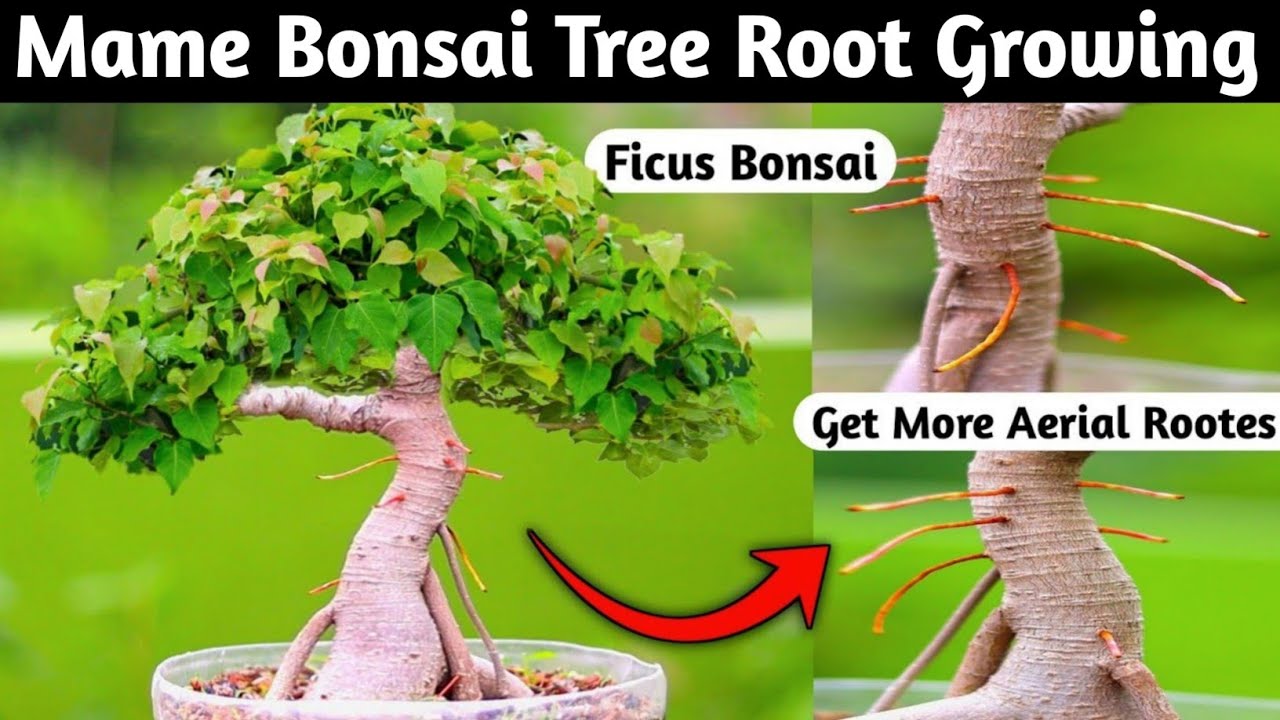We allow advertising on this website to support the blog. Some of content on this website was created with the help of AI.
If you’re looking to learn the art of growing roots for your Mame Bonsai tree, you’ve come to the right place. In this guide, we will explore the essential steps and techniques to help your miniature bonsai flourish and thrive.
Cultivating the Roots of a Mame Bonsai Tree: A Comprehensive Guide
Introduction
If you’re eager to delve into the world of bonsai trees, particularly the Mame Bonsai species, you’ve come to the right place. Growing a Mame Bonsai Tree is a rewarding journey that requires patience, dedication, and a green thumb. Let’s explore the art of nurturing these miniature wonders from the ground up.
Selecting the Right Soil and Pot
Before embarking on your Mame Bonsai journey, it’s crucial to choose the correct soil and pot. The soil should be well-draining to prevent waterlogging, promoting healthy root growth. Opt for a shallow pot that allows for adequate root spread and growth.
Planting and Watering Techniques
When planting your Mame Bonsai, ensure the roots are spread evenly and aren’t cramped. Watering is a delicate balance – too much can lead to root rot, while too little can cause dehydration. Monitor the soil moisture regularly and water accordingly.
Pruning and Training the Roots
Pruning the roots of your Mame Bonsai is essential for maintaining its miniature size and promoting overall health. Trim any overgrown or tangled roots carefully to encourage new growth. Training the roots through gentle manipulation helps achieve the desired aesthetic appeal.
Feeding and Fertilizing Practices
To ensure your Mame Bonsai thrives, regular feeding and fertilizing are paramount. Choose a balanced fertilizer suitable for bonsai trees and apply it as directed. This will provide the necessary nutrients for robust root development and vibrant foliage.
Sunlight and Temperature Requirements
Mame Bonsai trees thrive in well-lit areas, but direct sunlight should be diffused to prevent scorching. Ensure your bonsai receives adequate sunlight while avoiding extreme temperature fluctuations, which can stress the delicate root system.
Protection from Pests and Diseases
Despite your best efforts, pests and diseases can pose a threat to your Mame Bonsai’s roots. Keep a close eye on your tree for any signs of infestation or illness. Treat promptly with suitable remedies to safeguard the root system’s health.
Conclusion
Cultivating the roots of a Mame Bonsai Tree is a gratifying endeavor that requires dedication and care. By following proper planting techniques, nurturing practices, and attentive maintenance, you can witness your bonsai thrive and flourish over time.
FAQs:
-
How often should I water my Mame Bonsai tree?
- Water your Mame Bonsai tree when the topsoil feels slightly dry to the touch, typically every 2-3 days.
-
Can I repot my Mame Bonsai tree during the winter months?
- It’s recommended to repot your Mame Bonsai tree during the spring or early fall to minimize stress on the roots.
-
What type of fertilizer is best for Mame Bonsai trees?
- A balanced liquid fertilizer designed for bonsai trees works well for nourishing the roots and promoting growth.
-
How do I know if my Mame Bonsai tree is being overwatered?
- Signs of overwatering include yellowing leaves, soggy soil, and a musty odor emanating from the pot.
-
Is it normal for my Mame Bonsai tree to lose some roots during pruning?
- It’s common for a few roots to be trimmed during pruning to encourage new growth and maintain the tree’s health.



